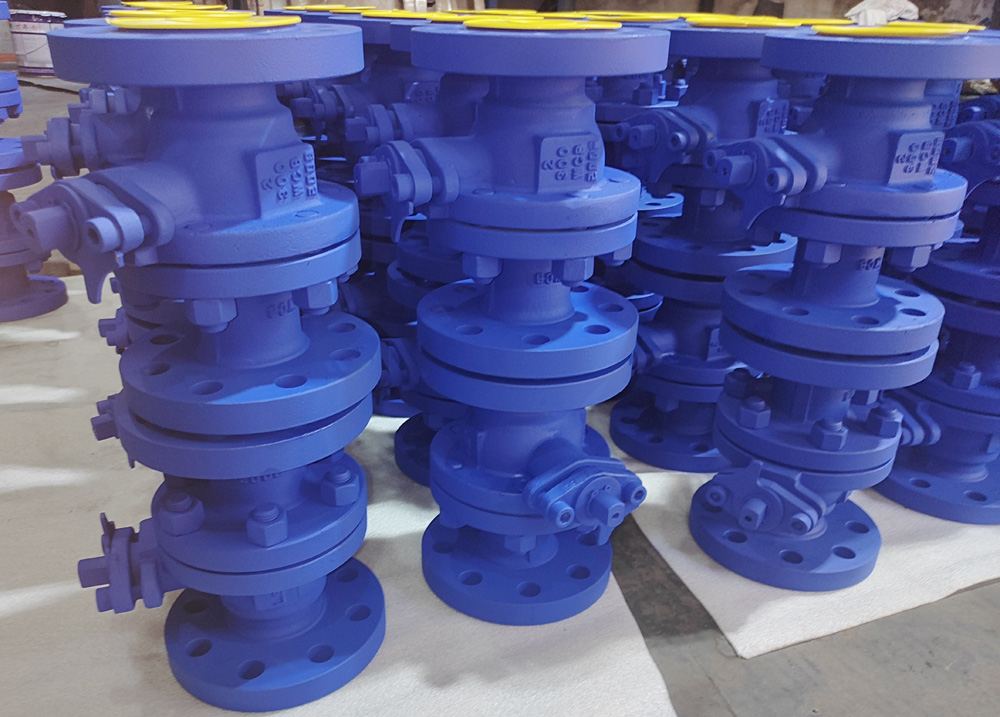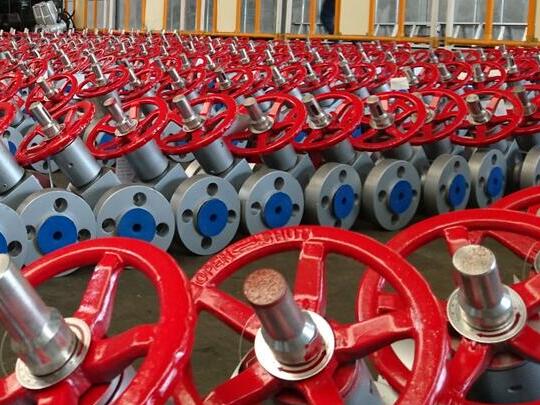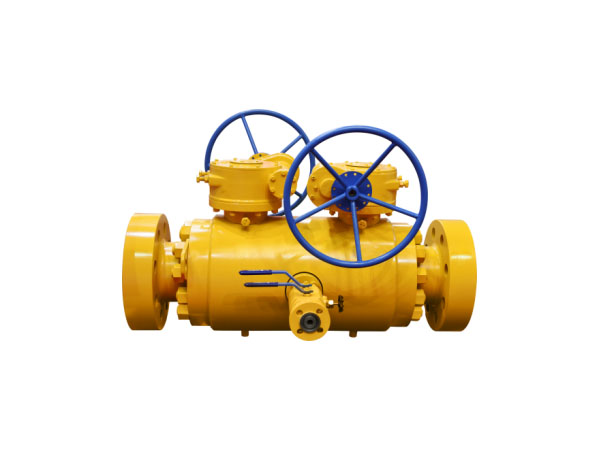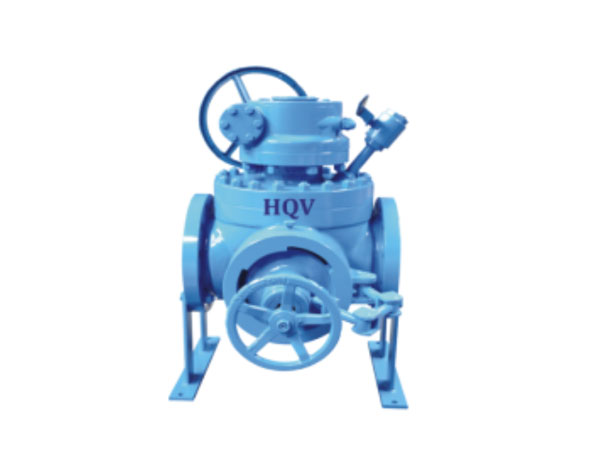Welcome to our website.
Principle of installing pneumatic control valve
Views :5
Update time : 2019-12-04
(1) Before the installation of the control valve, the foreign matters in the pipeline, such as dirt and welding slag, shall be thoroughly removed
(2) The bypass pipe should be set. The purpose is to facilitate switching or manual operation, and the regulating valve can be overhauled without stopping.
(3) The working environment temperature of the control valve should be (- 30 ~ + 60) and the relative humidity should not be greater than 95% and 95%.
(4) There should be a straight pipe section at the front and back of the control valve, and the length should not be less than 10 times of the pipe diameter (10d), so as to avoid the short straight pipe section of the valve affecting the flow characteristics.
(5) If the diameter of the control valve is different from that of the process pipe, the reducing pipe shall be used for connection. When the small diameter control valve is installed, the screw connection can be used. The flow direction arrow on the valve body shall be consistent with the flow direction.
(6) The installation position of the pneumatic control valve should be a certain height from the ground, and there should be a certain space above and below the valve to facilitate the disassembly and repair of the valve. For the control valve with pneumatic valve positioner and hand wheel, it must be easy to operate, observe and adjust.
(7) The control valve should be installed on the horizontal pipeline and vertical to the pipeline. Generally, it should be supported under the valve to ensure stability and reliability. For special occasions, when the control valve needs to be horizontally installed on the vertical pipeline, the control valve should also be supported (except for small diameter control valve). During installation, avoid additional stress on the control valve).
Related News
Read More
>>
 Laiside Valve Co., Ltd. makes its debut: the latest batch of floating ball valves sets sail for Pakistan
Laiside Valve Co., Ltd. makes its debut: the latest batch of floating ball valves sets sail for Pakistan
04.12.2019
A batch of floating ball valves successf...
 The market share of imported valves has changed, domestic va
The market share of imported valves has changed, domestic va
04.12.2019
The valve is a control component in the ...
 Principle of installing pneumatic control valve
Principle of installing pneumatic control valve
04.12.2019
(1) Before the installation of the contr...
 Common failure causes of pneumatic regulating valve
Common failure causes of pneumatic regulating valve
04.12.2019
(1) The failure of the regulating valve ...
